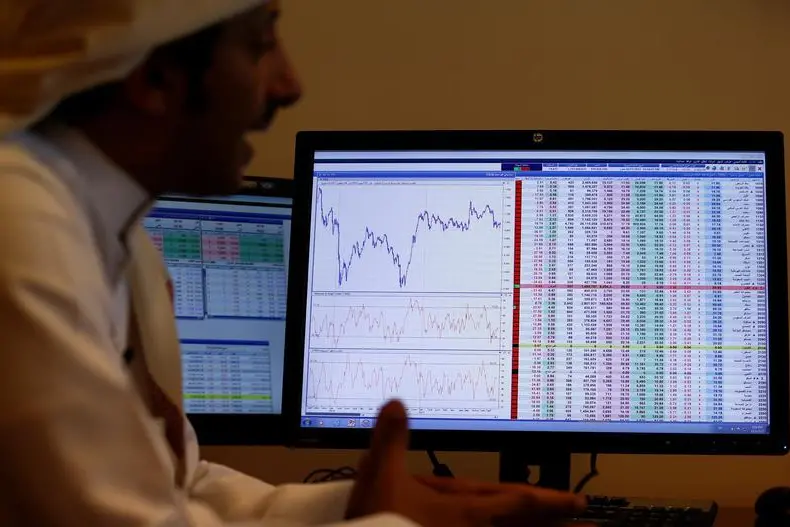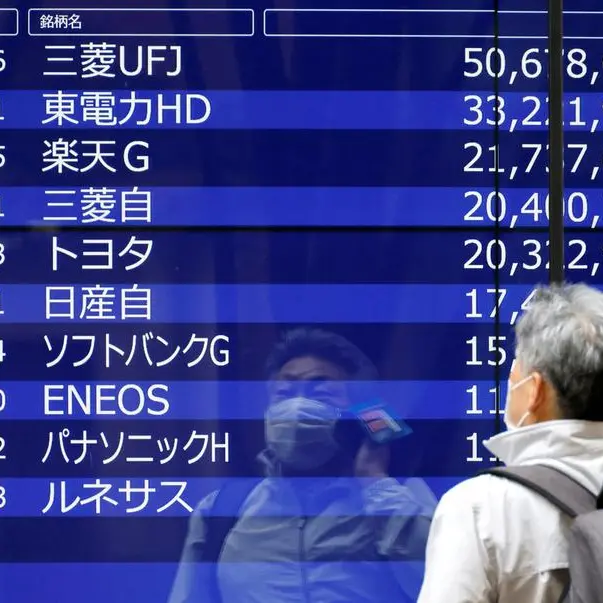PHOTO
Saudi Arabia’s debt capital market is expected to grow as the Kingdom implements its Vision 2030 goals, even though banks will continue to play an important role in financing the reform plan. We also understand that an increased amount of the funding for Vision 2030 will be moved from the central government to government-related entities and the broader private sector.
Driving growth of the Kingdom’s capital markets will be an increase in bond issuance to help fund the SAR12 trillion ($3.2 trillion) reform plan. We project a gradual rise in the use of Saudi Arabian riyal-denominated bond issuance as the local capital markets develop. The US dollar is currently the currency of choice for such bonds.
A gradual deepening of the local capital markets would likely increase their transparency and could reinforce corporate governance practices in Saudi Arabia in coming years. Over the past decade, the Capital Markets Authority (CMA), the Kingdom’s capital markets regulator, has undertaken several measures to develop its equity and debt capital markets and attract foreign investors. For example, there were several initiatives to improve the infrastructure and trading rules of Tadawul, the Kingdom’s stock exchange, to increase market access for investors. This paved the way for Saudi Arabian stocks to be included in the MSCI Emerging Markets Index in 2019 and FTSE Russell and S&P Dow Jones indices subsequently, further increasing the visibility of Saudi equities to global investors. Similarly, in 2020, the CMA started allowing nonresident foreigners to invest directly in listed and non-listed debt instruments. We have also seen an increase in listed debt issuances by Saudi corporates, particularly government-related entities (GREs), which represented about 90 percent of the about $26 billion listed corporate bond and sukuk issuance in 2019 and 2020.
Implementation of the Kingdom’s monetary policy, however, is limited by the relative underdevelopment of Saudi capital markets. To address this, the government started issuing local currency debt and sukuk in 2015, and we expect this to continue over the next few years. We believe government debt issuance can be instrumental in addressing the absence of a benchmark yield curve and contribute to the development of the Kingdom’s debt capital markets.
Private-sector issuance could follow suit in a move away from purely benchmark transactions to more strategic use of debt issuance. We have previously written that more frequent use of the capital markets will allow Saudi corporates to further diversify their funding sources, gain access to a greater variety of local and international investors and extend their funding maturity profiles. S&P Global Ratings’ analysts have observed that they would view these developments as supportive for the credit profiles of Saudi corporates.
Historically, credit ratings have been used to establish issuer credit profiles and contribute to a better understanding of credit quality, inform investors and diversify funding sources. S&P Global Ratings, for instance, provides GCC scale regional credit ratings for issuers in the Kingdom, offering Saudi and GCC market participants a greater differentiation among local credits within the Kingdom than is available on S&P’s global scale.
The GCC scale is designed to help market participants compare the relative credit risk of issuers and issuances across the region, and is expected to contribute to better informed, more liquid and more efficient capital markets across the GCC.
Given the focus on credit quality within the GCC, these regional scale ratings are not directly comparable to the global scale, or other regional or national scales.
For example: We raised the long-term issuer credit rating of National Commercial Bank, which now is Saudi National Bank (SNB) following its merger with Samba Financial Group. SNB’s “A-” global scale rating and stable outlook reflects the strength of the merged entity, which also received a GCC regional scale rating of “gcAAA.” The combination of two balance sheets has created a “more balanced” credit risk profile and S&P Global Ratings expects SNB’s asset quality metrics to remain well-placed compared with its peers in Saudi Arabia and the broader GCC region. We view development of Saudi debt markets as broadly supportive of the credit profiles of the Kingdom’s banks and corporates over the long term.
We believe that continued issuance by the Saudi sovereign could attract more attention from investors given their search for higher-yielding investments in an era of low interest rates. On the corporate debt market, we expect large GREs to be the main issuers at first, gradually followed by a few top corporates, rather than a general movement to the capital markets.
The availability of a well-functioning domestic debt capital market can also help expand the Saudi banking system’s funding sources. Most funding now comes from core customer deposits, a large portion being short-term or on demand. As credit continues to grow, the banking system could benefit from longer-term funding from the local capital markets, which we view as more stable than cross-border funding. We note that the Kingdom’s banking sector displays an overall net surplus external asset position despite a rapid build-up of external debt on the back of softer monetary policy globally. Deeper and broader local capital markets could be positive for our view of the funding profile of Saudi banking system as a whole.
• Khalid Albihlal is head of S&P Global Ratings KSA.
Copyright: Arab News © 2021 All rights reserved. Provided by SyndiGate Media Inc. (Syndigate.info).












